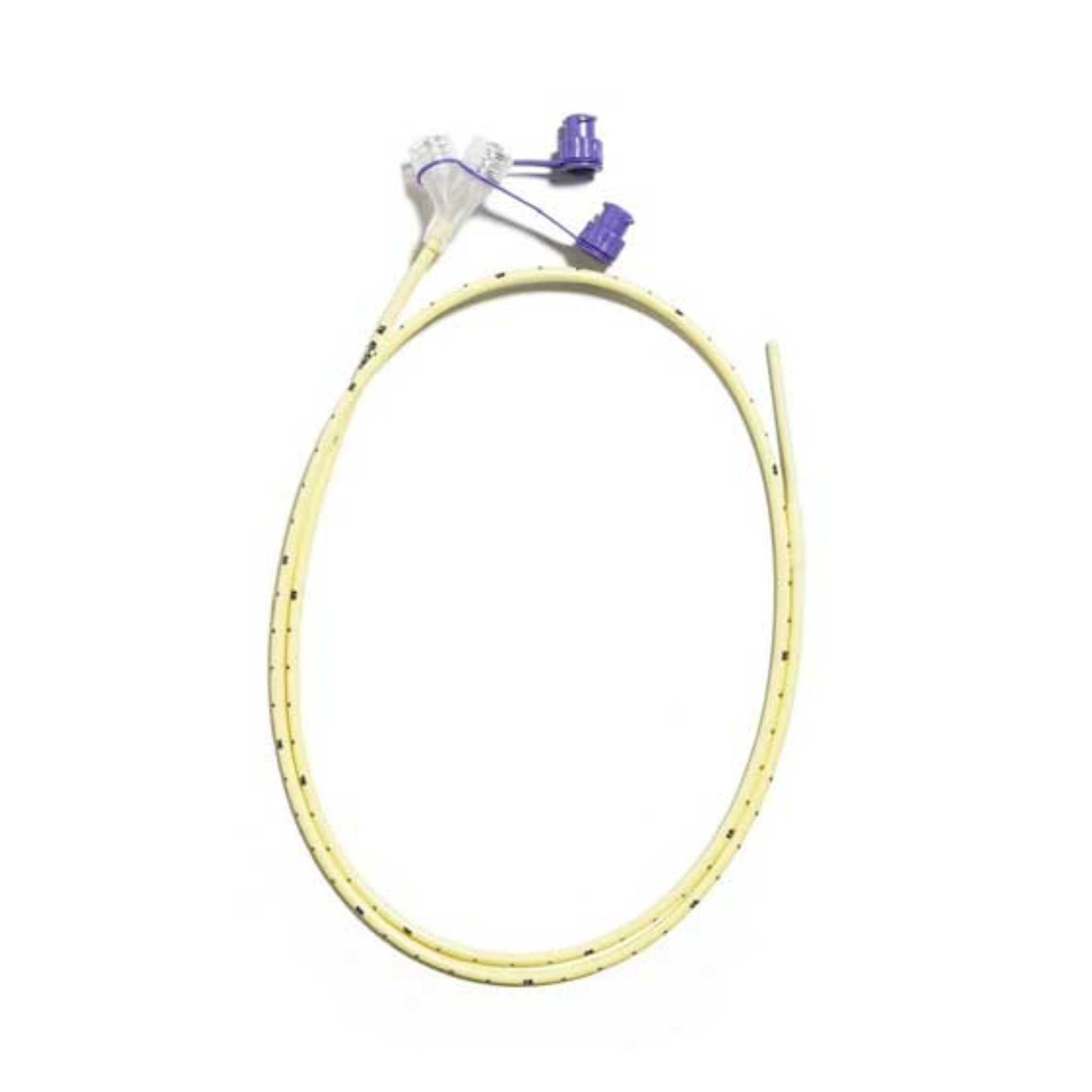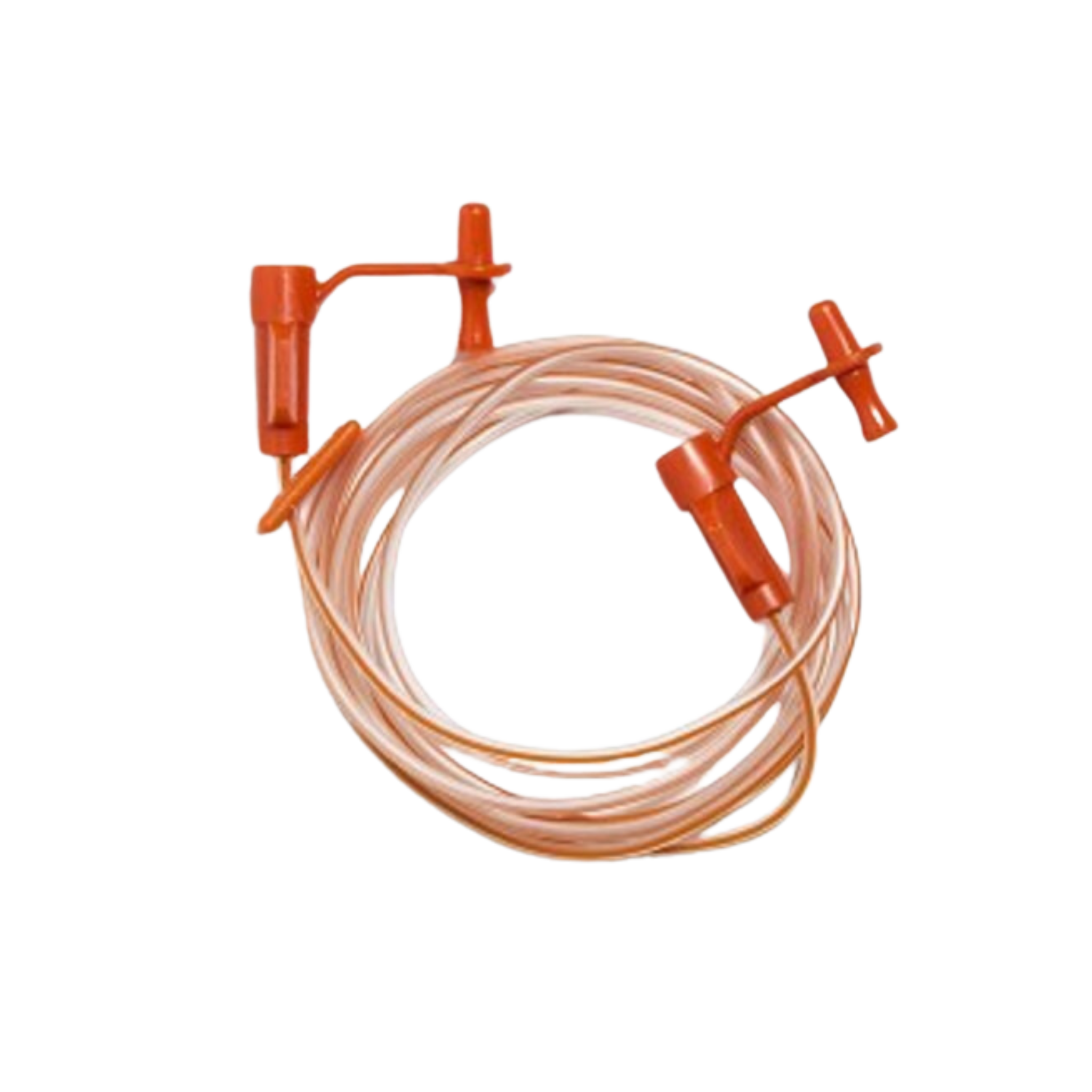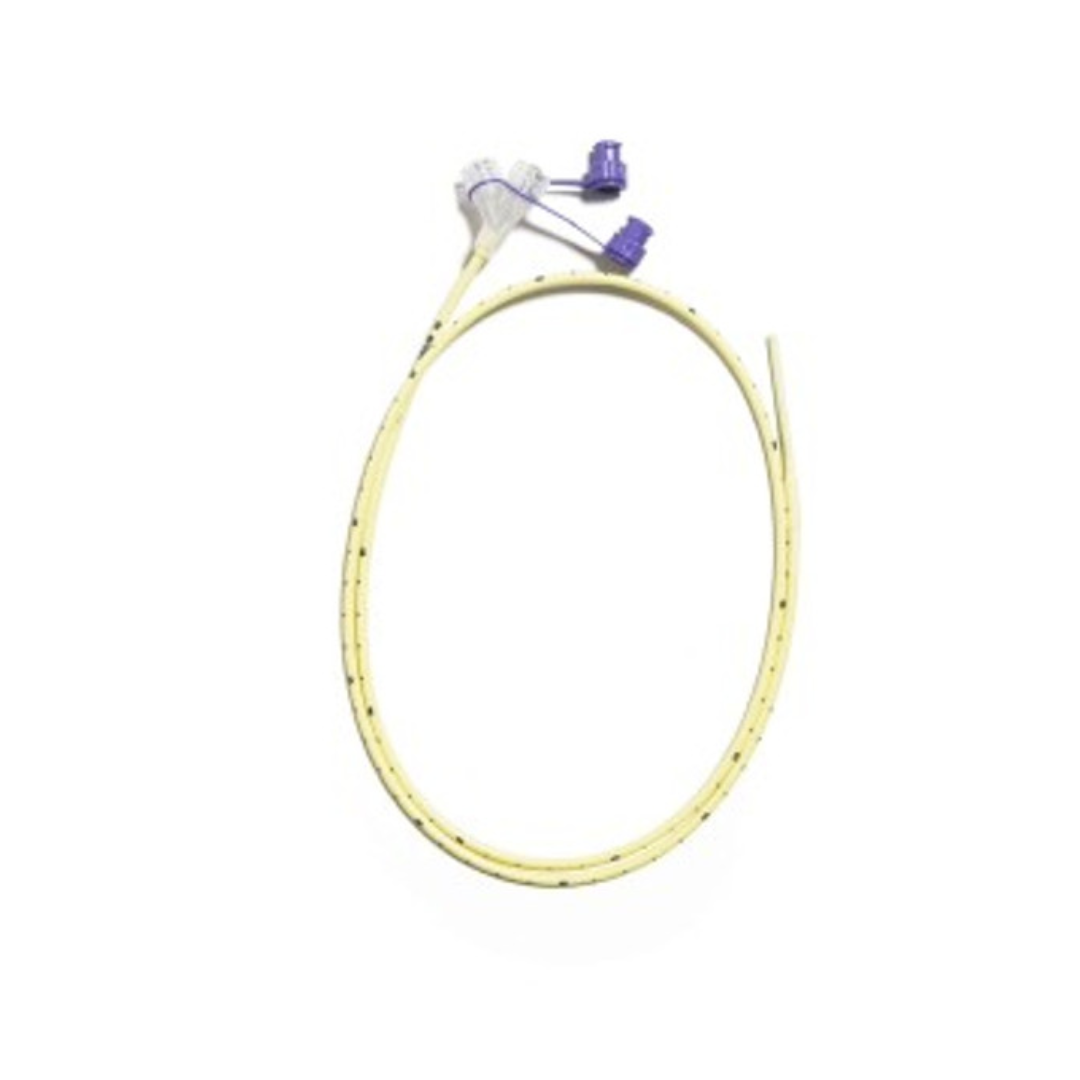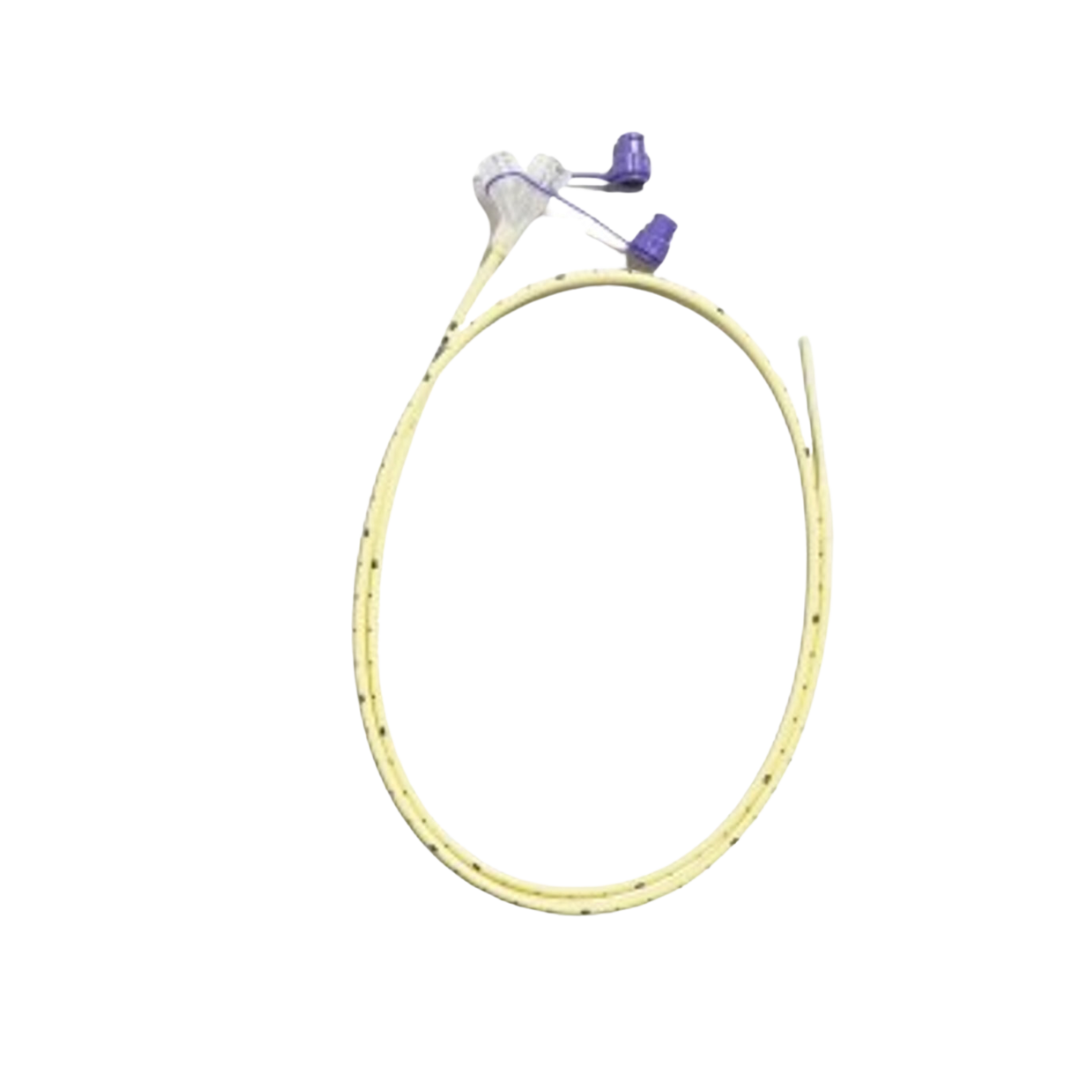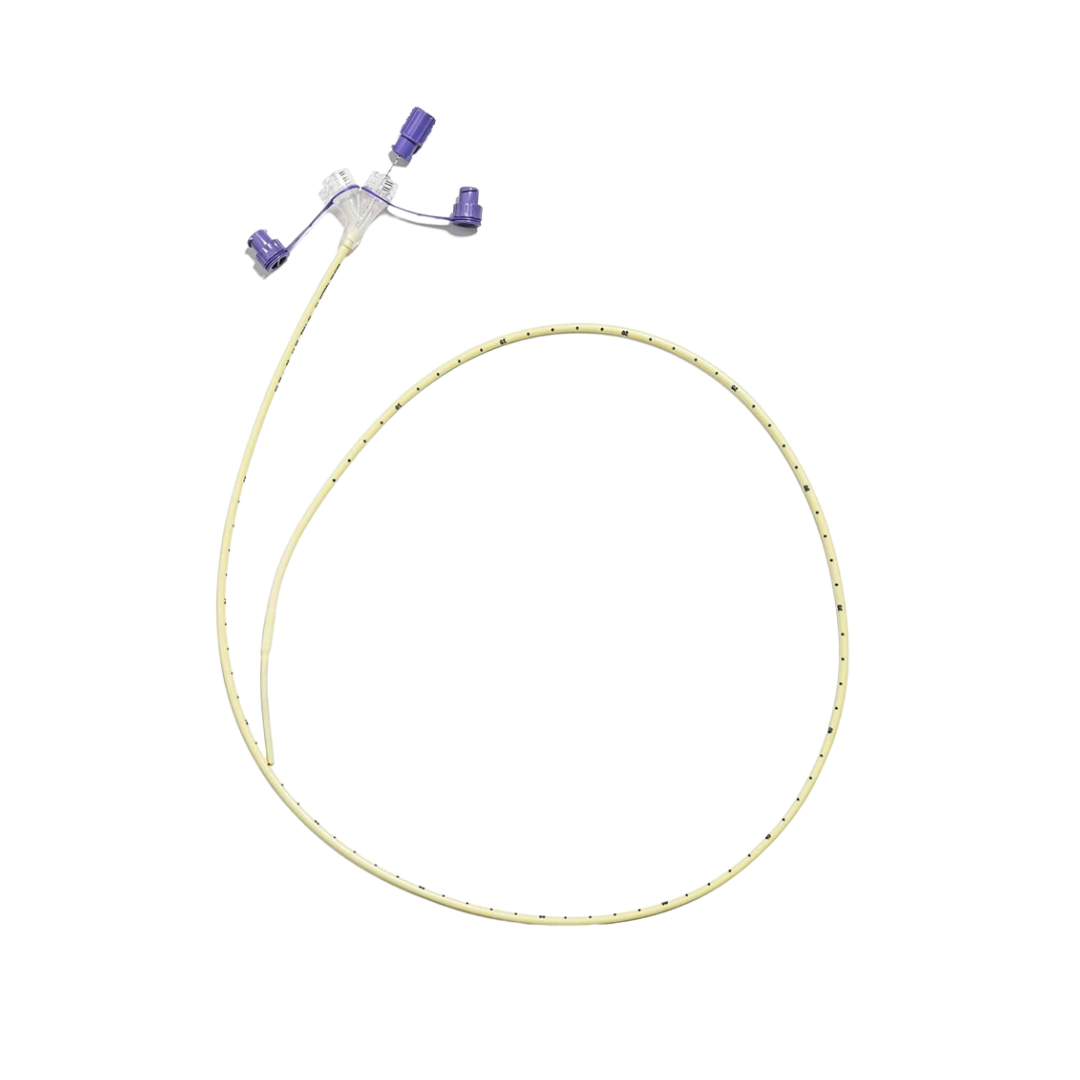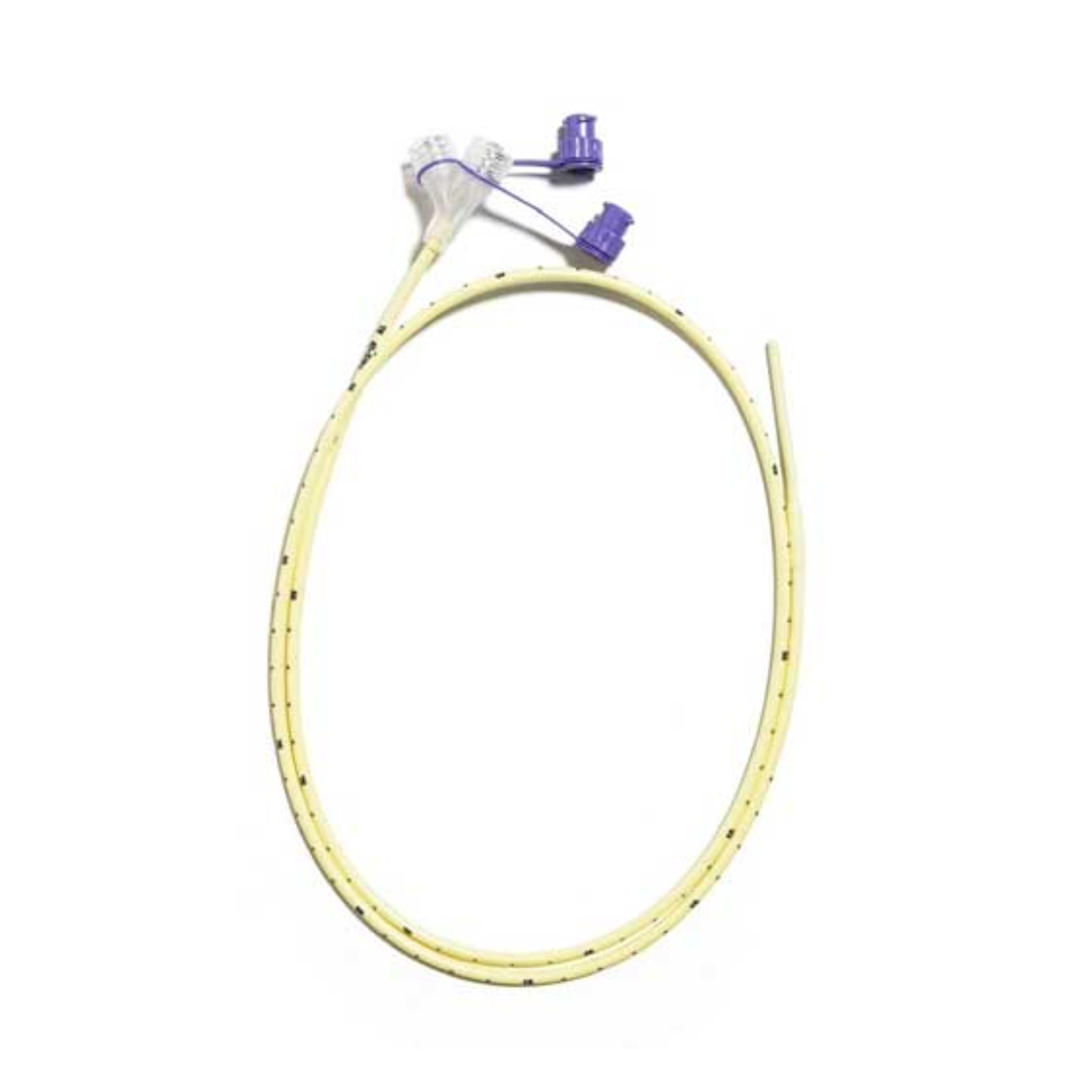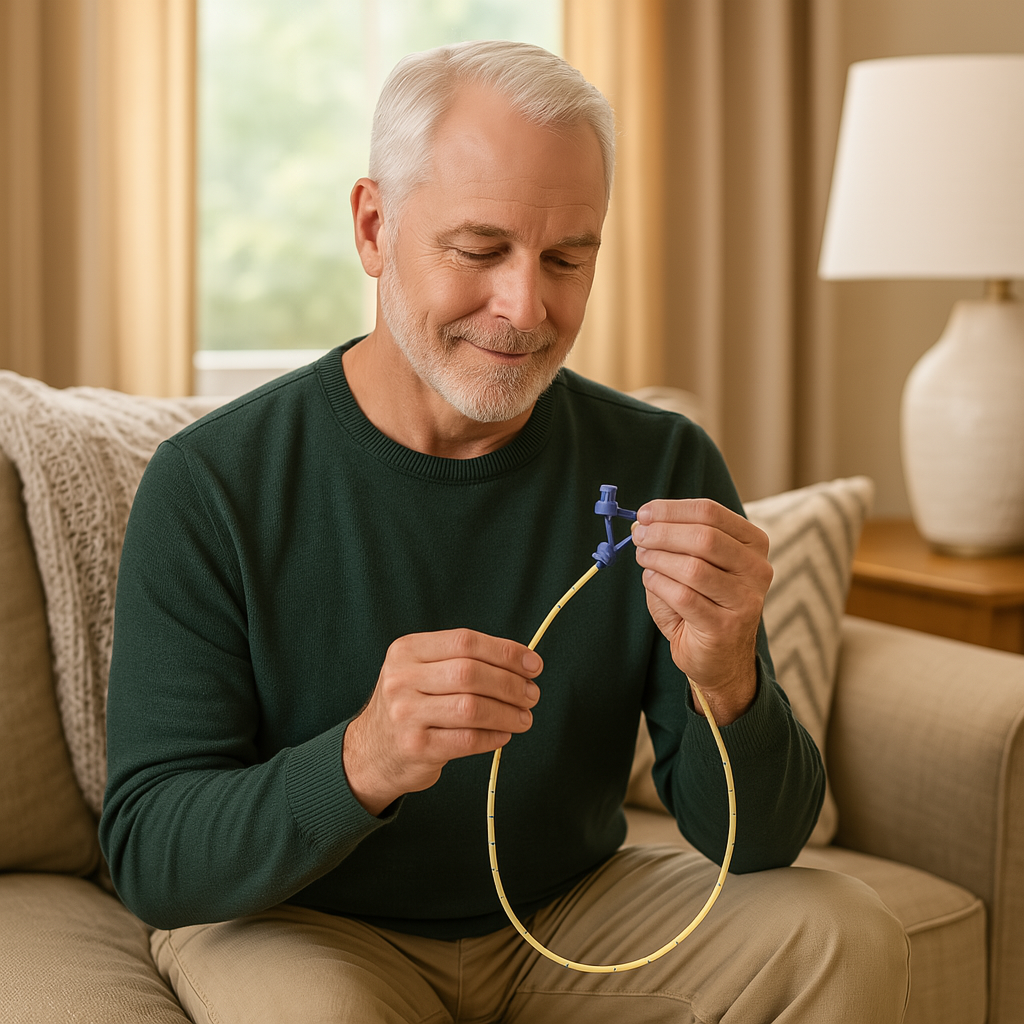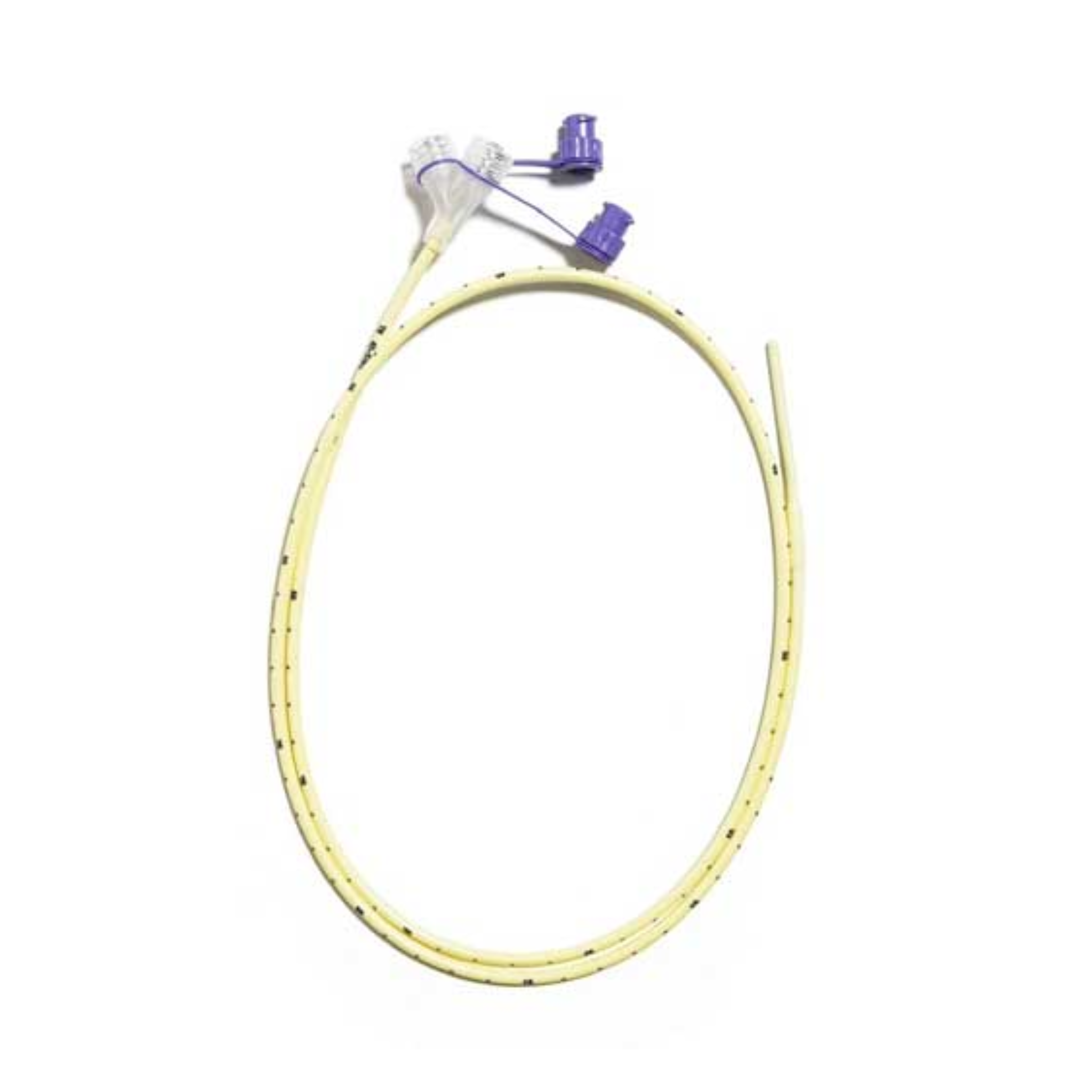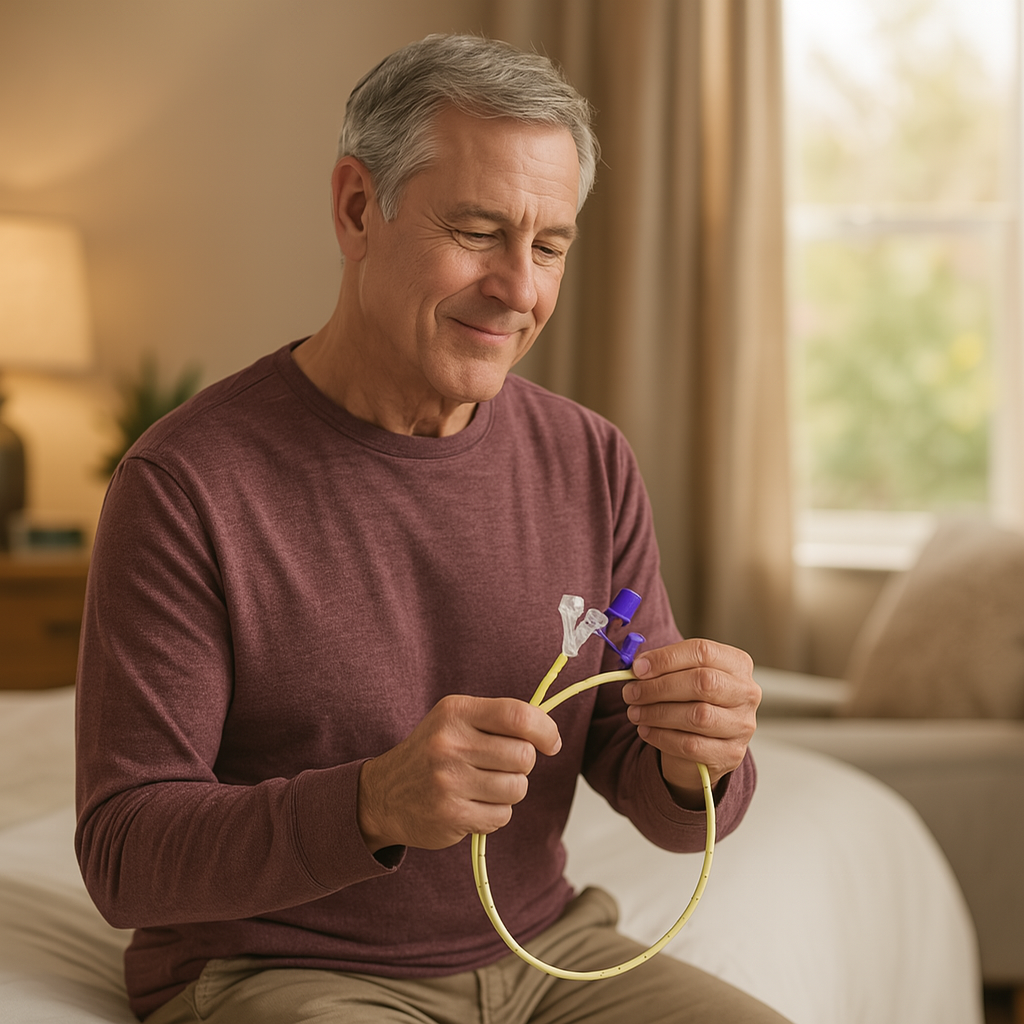NG/NI Feeding Tubes for Safe and Reliable Enteral Nutrition
Explore Corflo NG/NI Feeding Tubes with ENFit connectors—engineered for comfort, anti-clog performance, and secure nasoenteric nutrition delivery.
Summary
Nasogastric (NG) and nasoenteric (NI) feeding tubes play a vital role in short- to mid-term enteral nutrition, particularly in hospital, aged care, and emergency settings. The Avanos Corflo NG/NI Feeding Tube range offers advanced solutions featuring ENFit connectors, anti-clog bolus designs, and optional stylets for easier placement. Available in multiple sizes and tip styles, these tubes are built for precision, patient comfort, and safety. In this guide, we explore the applications, design advantages, and best practices for using NG and NI tubes effectively.
What Are NG and NI Feeding Tubes?
NG (nasogastric) tubes and NI (nasoenteric/nasojejunal) tubes are inserted via the nose into the stomach or small intestine to provide nutritional support. They are typically used when oral feeding is unsafe or impossible due to:
- Dysphagia (swallowing difficulties)
- Neurological impairments (e.g. stroke, dementia)
- Post-surgical GI conditions
- Severe illness or trauma
Key differences:
- NG tubes end in the stomach
- NI tubes extend to the jejunum or duodenum (post-pyloric)
Both types support liquid feeding, medication delivery, and stomach decompression in acute or sub-acute care settings.
Features of Corflo NG/NI Feeding Tubes
The Avanos Corflo feeding tube range is designed for maximum clinical efficiency and patient safety. Each product incorporates features that improve placement, minimise clogging, and enhance feeding performance.
Top product features include:
- ENFit connectors – compliant with ISO 80369-3 safety standards, preventing misconnections
- Anti-clog bolus tip designs – available in pill-shaped or smooth rounded variants for improved flow
- Stylet options – for guided placement in high-acuity or radiologically assisted environments
- Radiopaque markings – allow visualisation under fluoroscopy
- Latex-free, DEHP-free materials – safe for sensitive users
- Multiple French sizes (8Fr, 10Fr, 12Fr) – accommodate a variety of patient needs
These tubes are also available in sterile or non-sterile configurations to suit different care settings.
Why Use ENFit-Equipped NG/NI Tubes?
ENFit connectors were developed to improve patient safety by ensuring enteral devices cannot be mistakenly connected to IV lines or other non-enteral systems.
Benefits of ENFit NG/NI feeding tubes:
- Secure twist-lock mechanism
- Prevents wrong-route errors
- Universal compatibility with ENFit syringes and accessories
- Standardisation across hospital systems
- Reduced risk of cross-contamination
A 2022 report by the Joint Commission highlights ENFit implementation as a “critical improvement” in reducing adverse events in enteral therapy.
Tube Sizing, Tip Options and Anti-Clog Features
Choosing the right tube size and tip is critical to ensure effective nutrition, comfort, and minimal complications.
French Sizes:
- 8Fr – Small bore, ideal for paediatric or low-volume feeding
- 10Fr – Medium size, commonly used in hospital settings
- 12Fr – Large bore, optimal for medication delivery or thicker feeds
Tip Styles:
- Smooth Shape Bolus – Rounded tip to ease passage, reduce mucosal trauma
- Pill-Shaped Bolus – Improved clog resistance, especially for continuous feeding
- With Stylet – Offers stiffness for guided or fluoroscopic placement
- Without Stylet – More flexible for standard bedside insertion
The anti-clog bolus design on these tubes provides better flow and reduces risk of occlusion—especially when thickened formulas or medications are used.
Featured Products

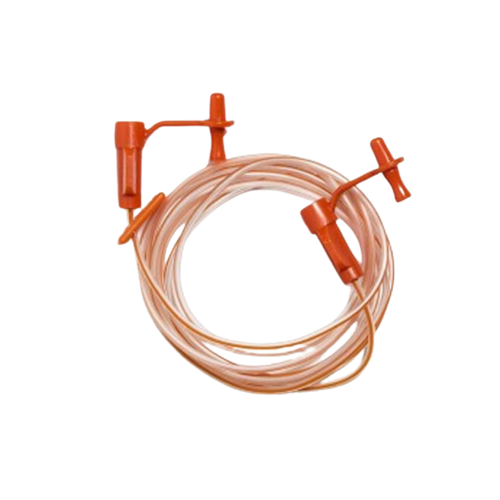
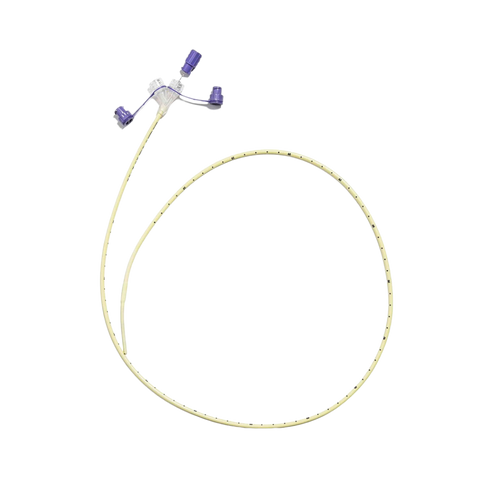
Ideal Use Cases for NG/NI Tubes
Corflo NG/NI Feeding Tubes are suited to a wide range of patient profiles and clinical situations:
-
Clinical Indications:
- Neurologically impaired patients (e.g. post-stroke)
- ICU or ventilated patients requiring nutritional support
- Acute or sub-acute illness with impaired oral intake
- Post-operative GI decompression
- Short-term feeding in paediatrics or geriatric care
-
Settings:
- Hospitals (ICU, ED, wards)
- Rehabilitation centres
- Nursing homes and aged care facilities
- Palliative care
- In-home enteral therapy (when properly supervised)
Stylet-guided tubes are particularly useful in difficult insertions or where radiological confirmation is needed.
How to Insert and Care for NG/NI Tubes
Proper placement and maintenance are essential to reduce risks like misplacement, aspiration, or blockage.
Insertion Tips:
- Confirm the tube type and size based on patient and nutrition plan
- Lubricate and measure appropriate insertion depth
- Insert gently through the nostril, using stylet if indicated
- Confirm placement via pH testing or X-ray
- Secure tube with appropriate nasal fixation device (e.g. CORGRIP)
Ongoing Care:
- Flush the tube before and after every feed or medication
- Check for signs of displacement or blockage
- Replace according to protocol (typically every 7–28 days depending on model)
- Maintain hygiene at insertion site and replace extension sets as needed
Conclusion
NG and NI Feeding Tubes remain a cornerstone of short- and mid-term nutritional support. The Avanos Corflo range, equipped with ENFit connectors and anti-clog technology, represents a new standard in enteral access—combining patient comfort, clinical safety, and compatibility with modern systems.
Whether you're caring for critically ill patients, managing aged care nutrition, or ensuring paediatric feeding safety, Corflo NG/NI feeding tubes provide a dependable and efficient solution.
Support your enteral care strategy with trusted solutions.
Shop our full range of Avanos Corflo NG/NI Feeding Tubes and choose from anti-clog, ENFit-ready designs for safe and secure feeding every time.
📞 Call 1300 615 193 or order online at our website.
The NG/NI Feeding Tubes collection features Corflo nasogastric and nasoenteric tubes designed for safe, reliable short- to mid-term enteral nutrition. With ENFit connectors, anti-clog bolus tips and optional stylets, these tubes support accurate placement, reduced blockage risk and improved patient comfort in hospital, aged care and supervised home settings.
Items included in this collection:
• Nasogastric (NG) feeding tubes with ENFit connectors
• Nasoenteric / nasojejunal (NI) feeding tubes
• Anti-clog bolus tip NG/NI tubes
• Stylet-assisted NG/NI feeding tubes for guided placement
• Multiple French sizes (8Fr, 10Fr, 12Fr)
• Radiopaque, latex-free enteral feeding tubes
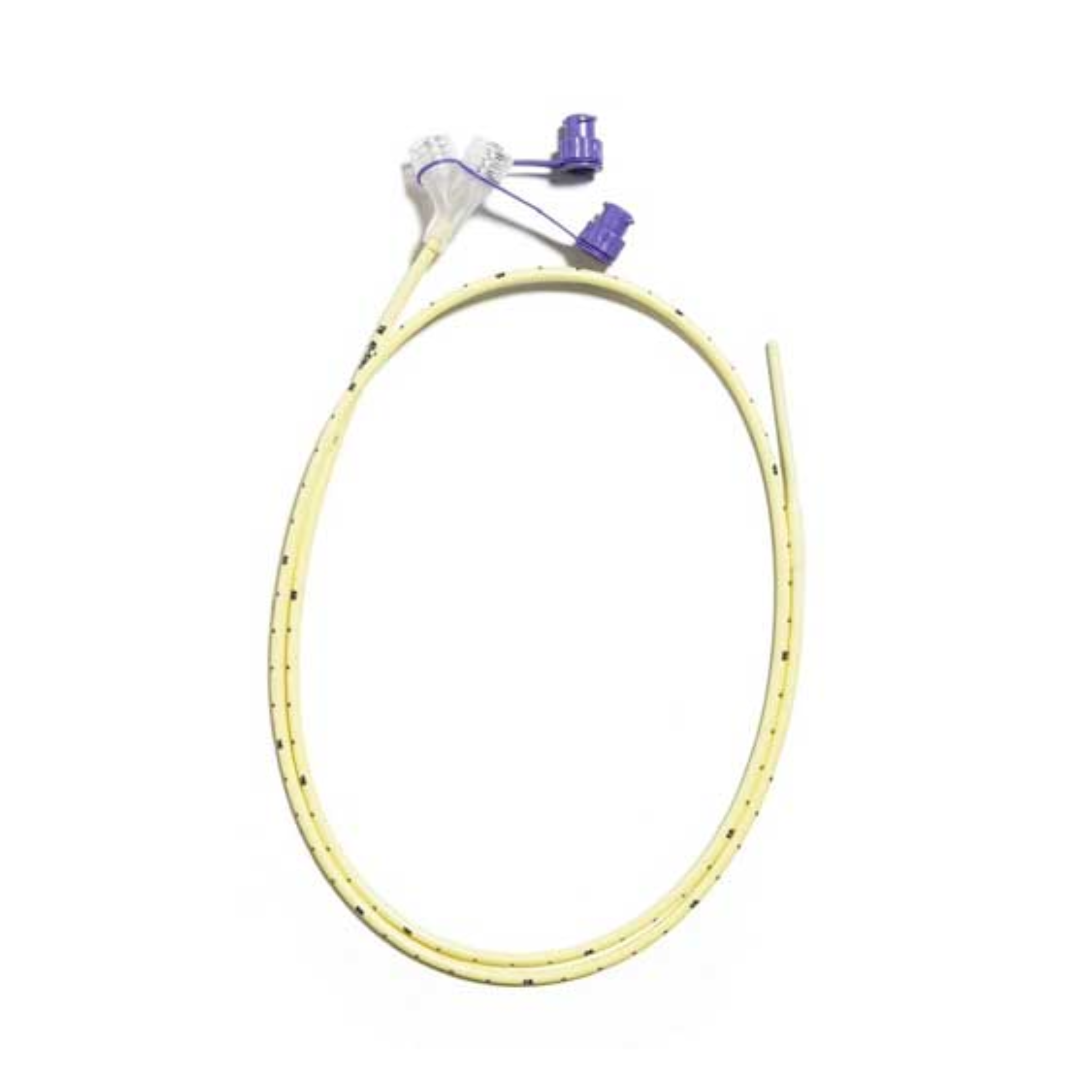
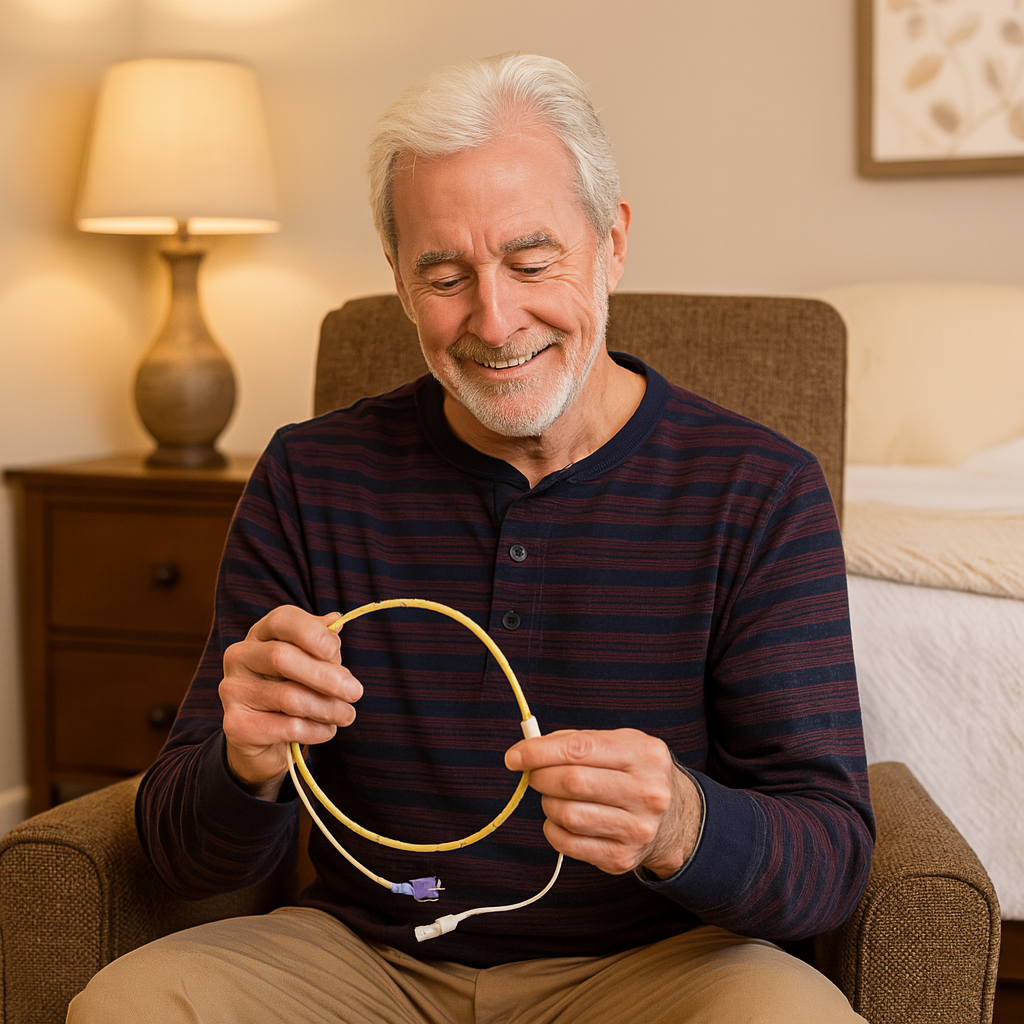
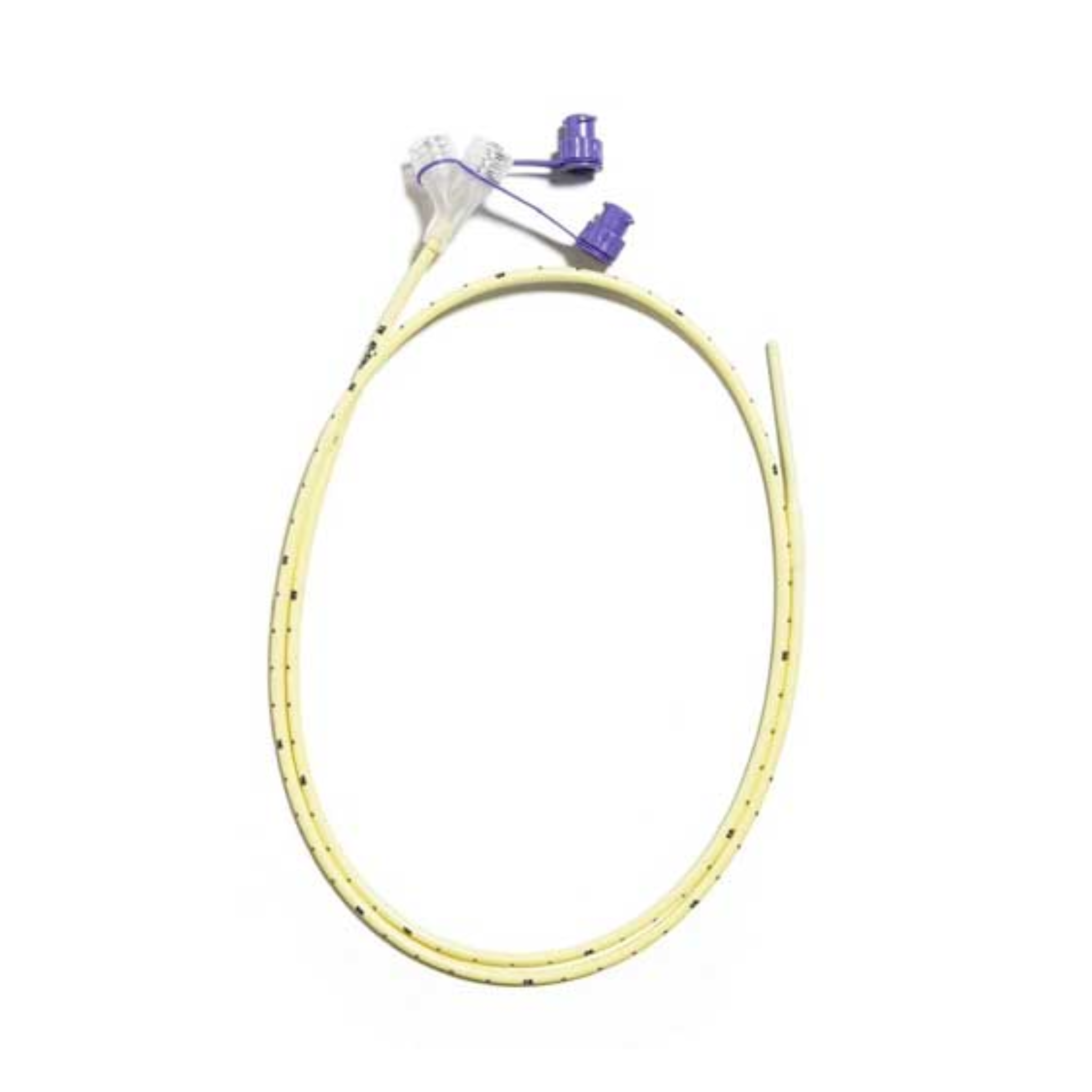

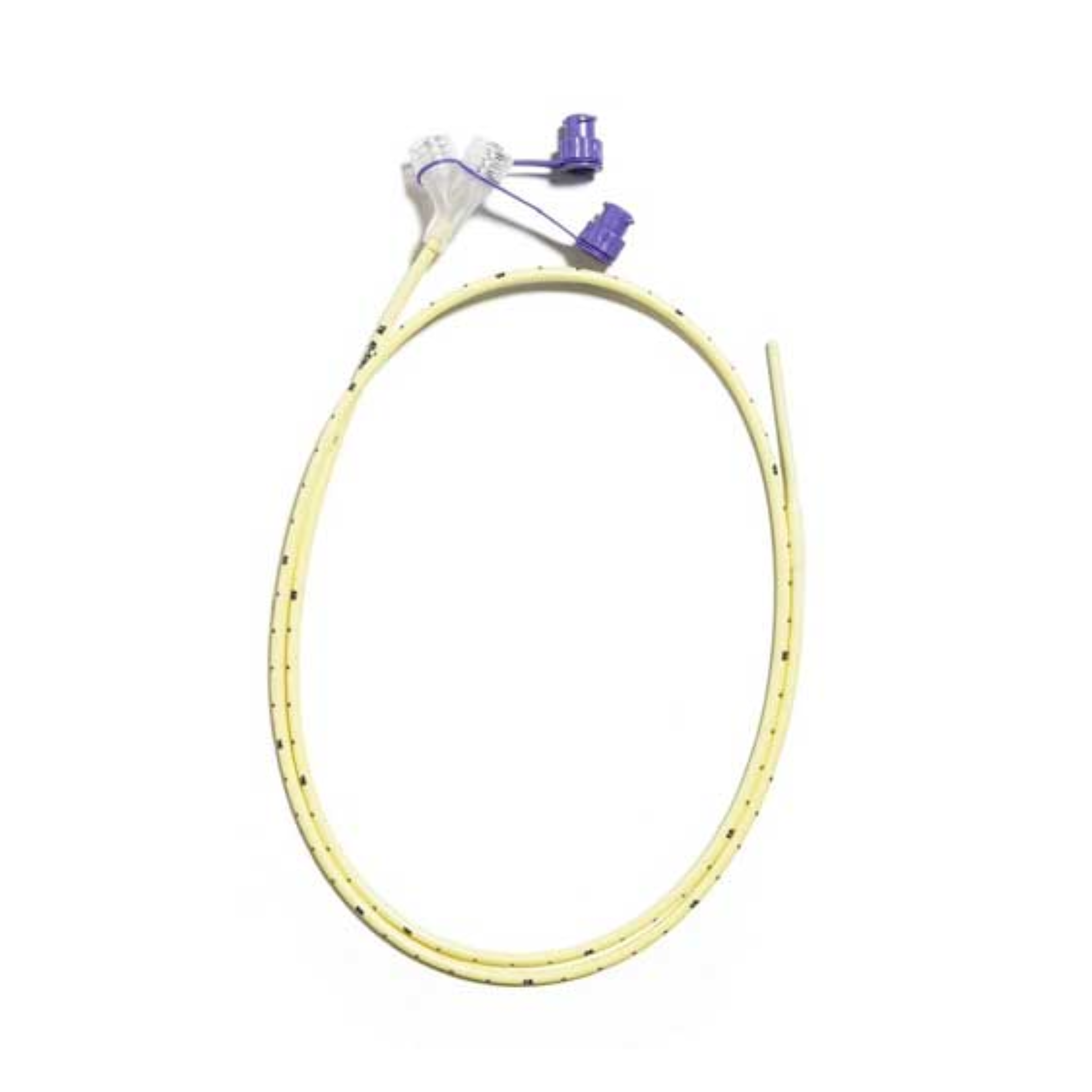
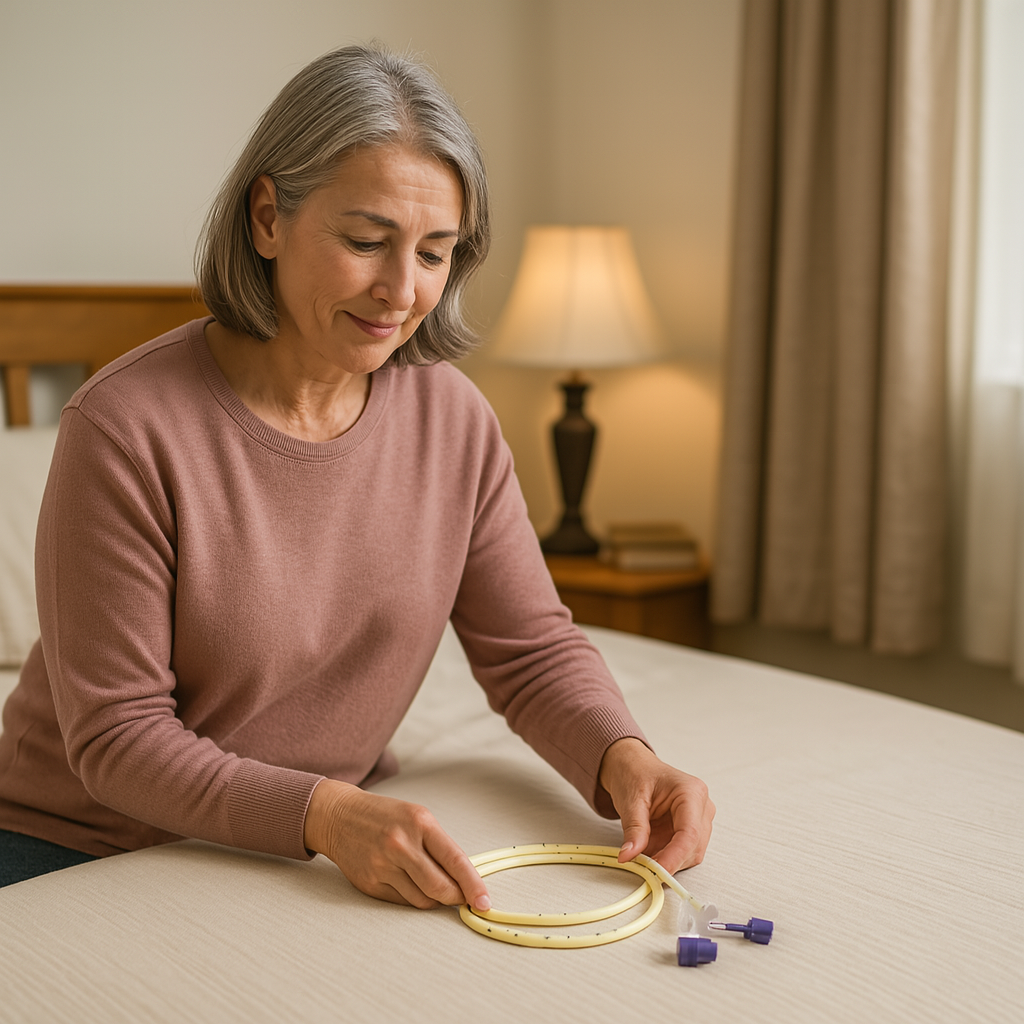
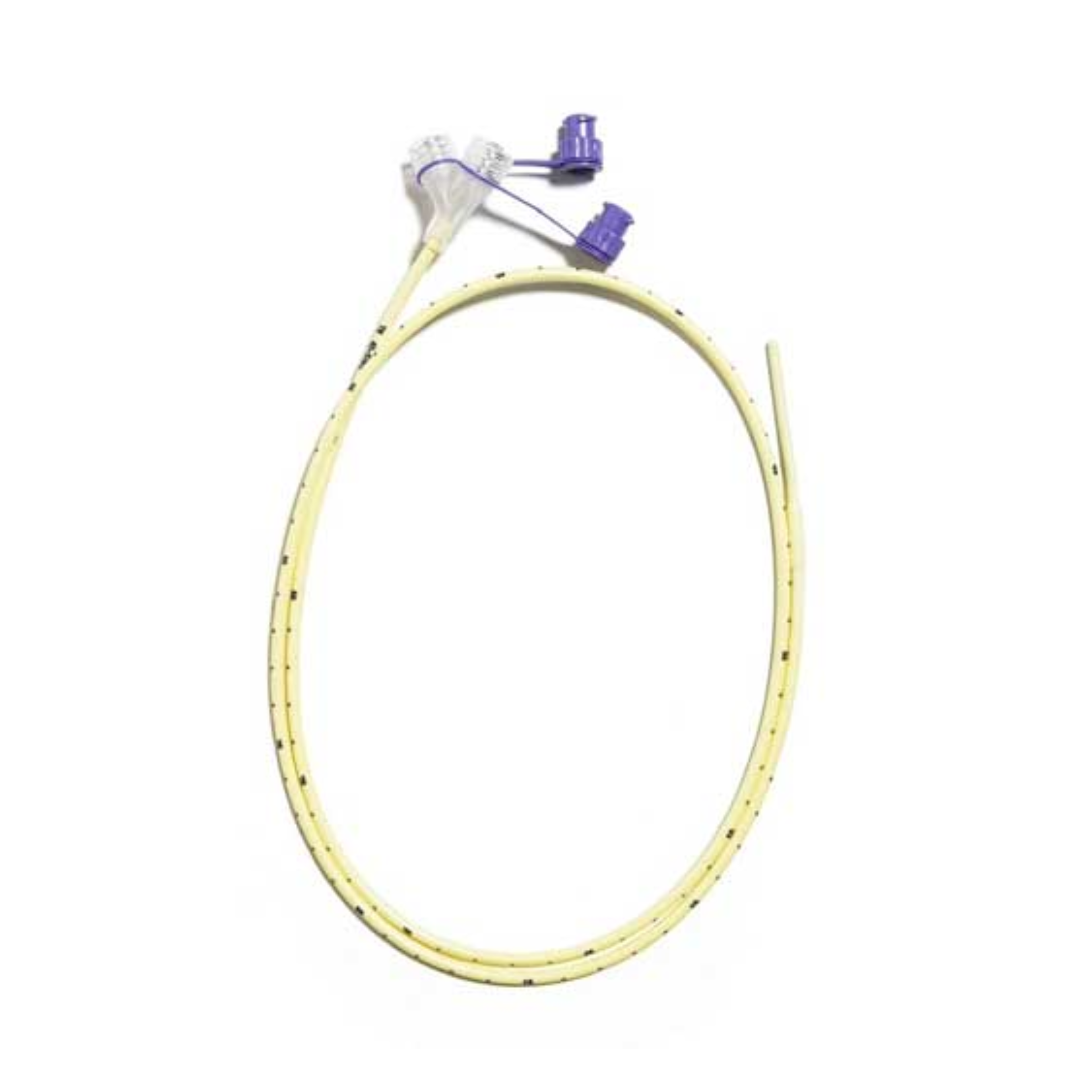

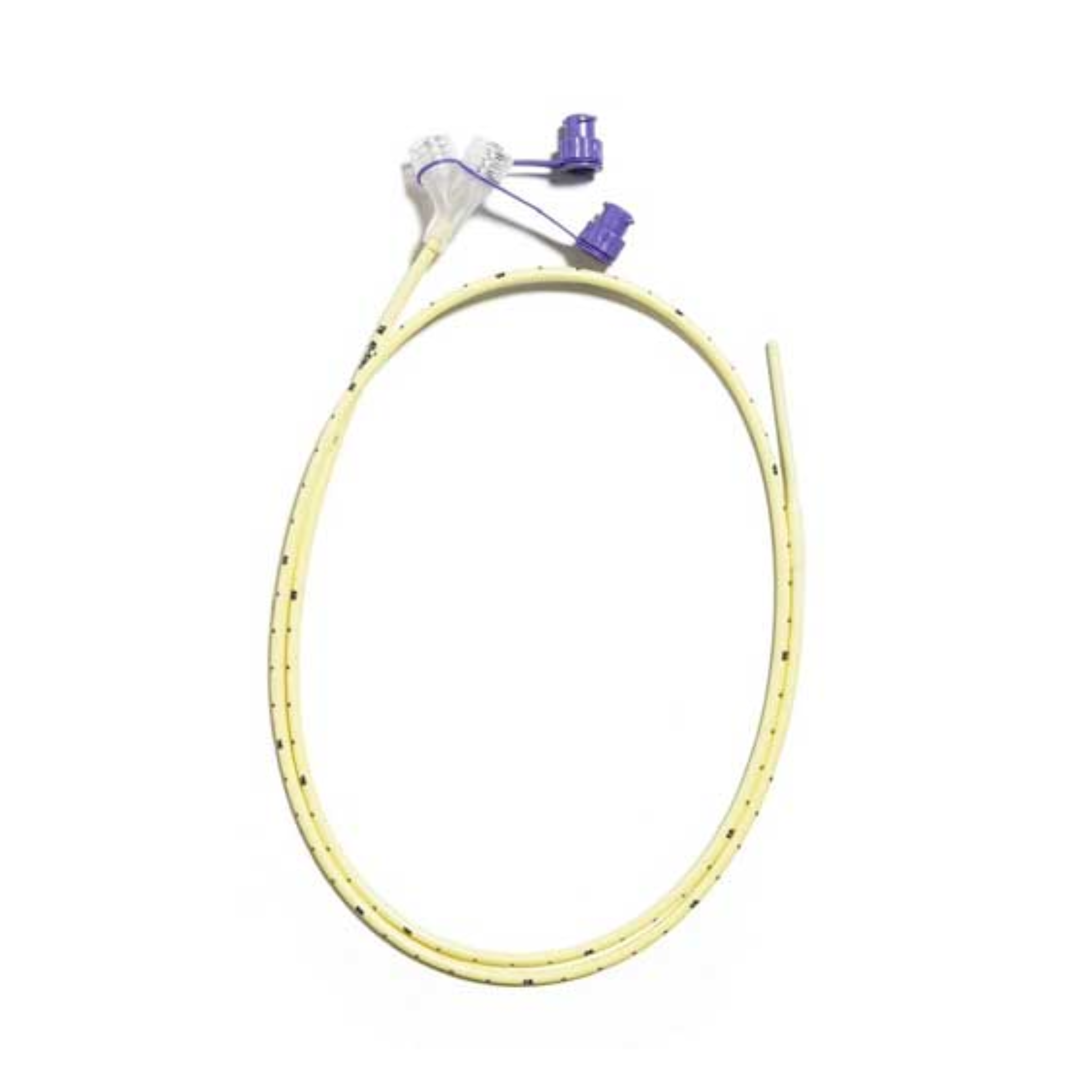

Recently viewed
FAQs
NG tubes deliver nutrition to the stomach, while NI tubes extend into the small intestine for post-pyloric feeding.
Yes, NG and NI feeding tubes are commonly used for short- to medium-term enteral nutrition in hospitals and aged care.
Anti-clog bolus tips improve flow and reduce blockages from thick formulas or medications, supporting consistent feeding.
ENFit connectors prevent misconnections with IV or other tubing, improving patient safety and reducing feeding errors.

